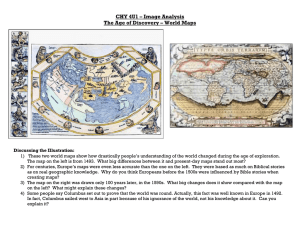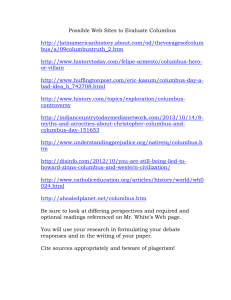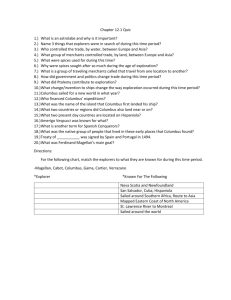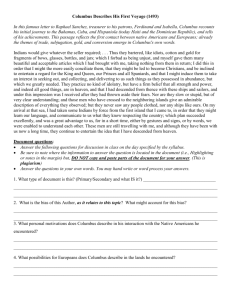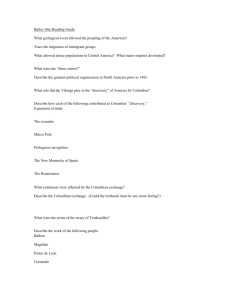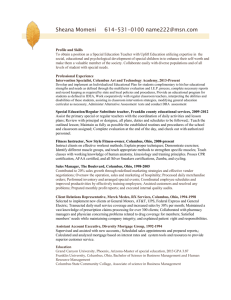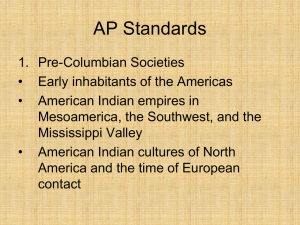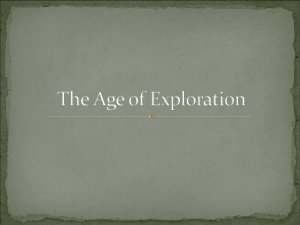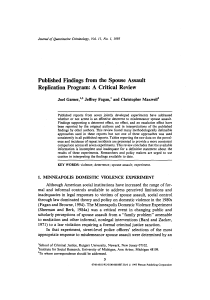The Colonial Period Trends and Themes of the Era Source: http
advertisement
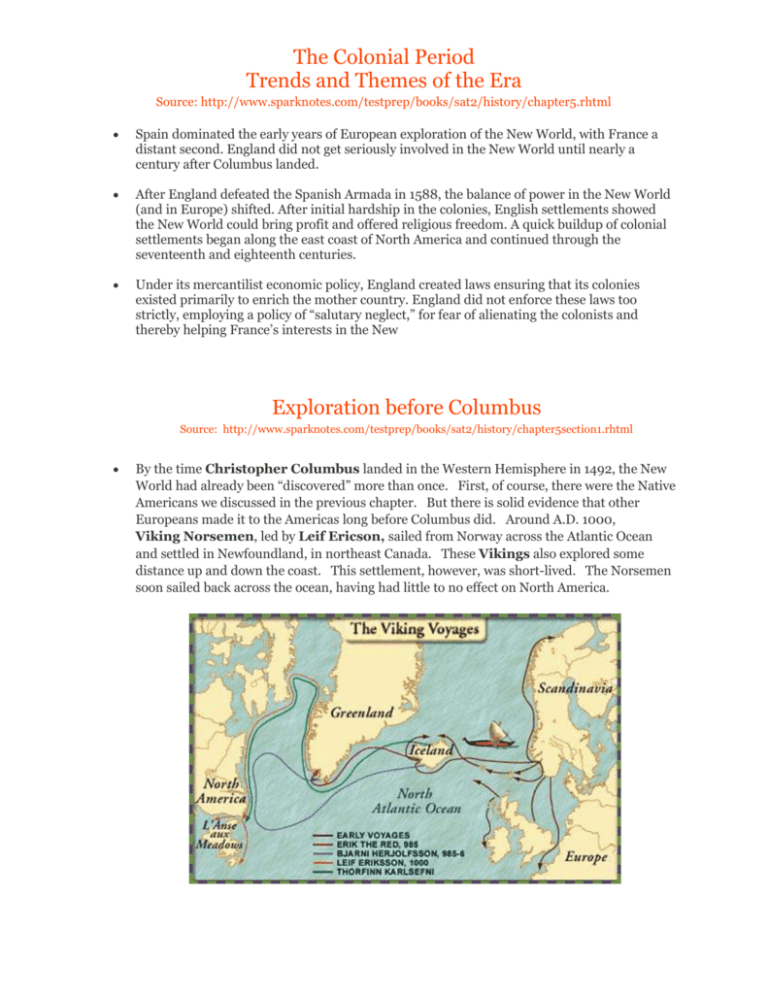
The Colonial Period Trends and Themes of the Era Source: http://www.sparknotes.com/testprep/books/sat2/history/chapter5.rhtml Spain dominated the early years of European exploration of the New World, with France a distant second. England did not get seriously involved in the New World until nearly a century after Columbus landed. After England defeated the Spanish Armada in 1588, the balance of power in the New World (and in Europe) shifted. After initial hardship in the colonies, English settlements showed the New World could bring profit and offered religious freedom. A quick buildup of colonial settlements began along the east coast of North America and continued through the seventeenth and eighteenth centuries. Under its mercantilist economic policy, England created laws ensuring that its colonies existed primarily to enrich the mother country. England did not enforce these laws too strictly, employing a policy of “salutary neglect,” for fear of alienating the colonists and thereby helping France’s interests in the New Exploration before Columbus Source: http://www.sparknotes.com/testprep/books/sat2/history/chapter5section1.rhtml By the time Christopher Columbus landed in the Western Hemisphere in 1492, the New World had already been “discovered” more than once. First, of course, there were the Native Americans we discussed in the previous chapter. But there is solid evidence that other Europeans made it to the Americas long before Columbus did. Around A.D. 1000, Viking Norsemen, led by Leif Ericson, sailed from Norway across the Atlantic Ocean and settled in Newfoundland, in northeast Canada. These Vikings also explored some distance up and down the coast. This settlement, however, was short-lived. The Norsemen soon sailed back across the ocean, having had little to no effect on North America.
